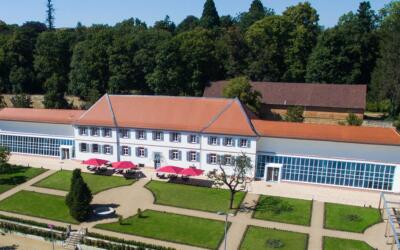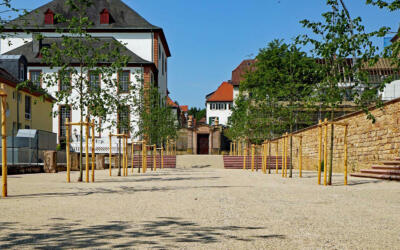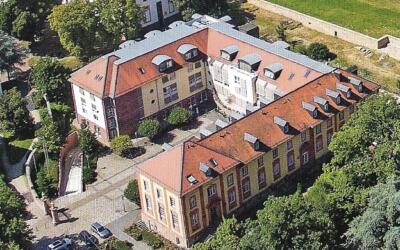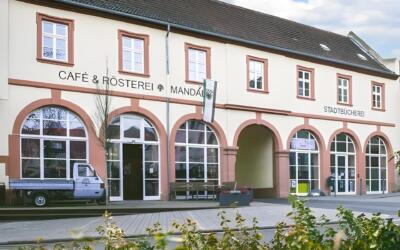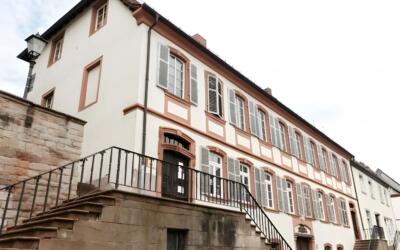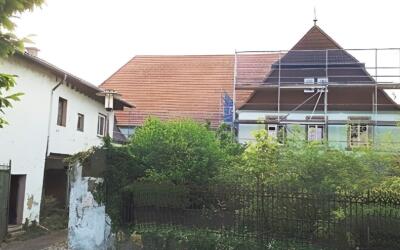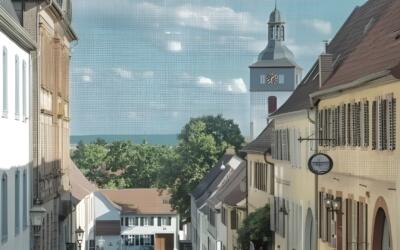Baroque period
The small residence
Prince Carl August chose the castle, with its garden, as his residence in the 1730s, when Kirchheim-Poland – as the town was now called – belonged to Nassau-Weilburg. The princely decision to relocate the residence of the principality, which had 35,000 subjects (20,000 of whom lived on the middle Lahn), to the left bank of the Rhine brought the town extensive Baroque expansion. However, it only overlaid the city’s hitherto medieval character in the eastern and northern sections of the city walls.
This is because the court area was now five times larger than the medieval town area. Kirchheimbolanden thus became a “small residence”.
In Kirchheimbolanden, the courtly culture of one of the 800 or so residential towns in Germany in the 18th century can be experienced.

